By William J. McPeak
By the late 15th Century, early firearm designers were already looking at ideas for semi-automatic weapons. The matchlock had been the first mechanism to make a shoulder-aimed firearm, the arquebus, possible. It was simple, economical, and reliable—just the traits for useful military applications—but it required two hands and a smoldering, slow matchcord with telltale smoke and glow.
Shortly after the middle of the century, an alternative friction-ignition system was applied to the simple hand cannon, which had evolved first the century before. This modified hand cannon used sparks from friction to ignite the charge instead of a match. It was a step back from the arquebus—but the so-called “monk’s gun” used a ring-held rasp pulled across a static clamp with flint or pyrite. It was more difficult to handle than the arquebus, but ignition was made possible without a matchcord.
A more practical design for a semi-automatic gunlock came with the development of a metal wheel to generate sparks from friction. The sparks were activated by a metal wheel wound on a spindle grating against the stone. The design originated nearly simultaneously in northern Italy and southern Germany. Sometime around 1500 ad, in the early firearm centers at Brescia, Bologna, Genoa, Milan, and Venice, and the south German centers of Augsburg and Nuremberg, a new firearm with a gunlock based on a similar mechanism appeared. It was called a firelock, or as it was technically known, a wheel lock.
Making the Wheel Lock Rifle
The first surviving dedicated wheel locks were shorter versions of the longarm arquebus. They were easily handled with two hands, but the idea of an even shorter stock made the potential of one-handed manipulation possible—the first pistol. The earliest wheel lock pistols date from about 1534, and were known originally as pistolets. An English term, “dag,” from “demi” or “half arquebus,” caught on and was used all over Europe. The basic mechanism entailed a serrated steel wheel mounted on a spindle through the lockplate. On the inside of the plate, the spindle attached to a mount containing a short piece of chain (much like that for a bicycle sprocket) wrapped around the spindle. The chain provided the means of cocking the wheel when it was wound far enough for a protruding nub at the front of a pivoted sear arm to slip into a recess at the back of the wheel. The chain was kept wound by the tension of a V-shaped flat spring. The trigger mechanism was similar to the matchlock sear bar (adapted from the crossbow) or a finger trigger that was engaged by a tiny perpendicular arm on the opposite side of the sear arm.

Where the matchlock employed an active match clamp or serpentine which came down into the priming pan as the sear bar trigger was pulled, the wheel lock clamp, known as the “dog head” because of its shape, used a passive clamp for the pyrite. The dog head was tightly pivoted with a screw and swung down by hand to press against the wheel. It was held in position by a small feather spring below it. The priming pan welded to the barrel touchhole, connecting the priming to the main charge, was pierced at the bottom by the top edge of the wheel. When the trigger was pulled, the rear of the primary sear pivoted inward, swinging the other end outward to disengage the wheel, which spun in the course of relaxing the mainspring tension. The pyrite resting upon the spinning wheel threw off sparks that ignited the priming powder and—through the touchhole—the main charge.
The wheel lock mechanism was much more responsive to trigger pull than the slow matchlock. Trigger release, wheel spin, and priming and charge ignition were nearly simultaneous. For the first time a gun could be loaded and cocked at the ready to use when needed.
Limits of the Design
Like any relatively complex mechanism, the wheel lock had inherent drawbacks. It was expensive and relatively delicate and needed a trained gunsmith—not the local blacksmith—when repairs were in order. The greatest drawback was the need to wind the wheel with a key or spanner wrench that fit over the lug end of the wheel spindle. If it was lost, the weapon was rendered useless. To prevent such a loss, the spanner was tied to the stock or to one’s wrist to ensure its safety. The wrench had another important function, with one end tapered like a screwdriver. When the wheel and various moveable parts became clogged with pyrite dust and gunpowder, the lock could be partially broken down for cleaning with the secondary tool.
Early 16th-century wheel locks were limited to personal use by nobles, officers, and elite guards. Soon, however, they were acquired by specialized troops such as the cavalry to even the odds on the battlefield. Fully armored, or heavy, cavalry had ruled the medieval battlefield, but crack arquebus infantrymen could fire three shots a minute and penetrate armor at near 100 yards, while remaining protected by a resolute perimeter of 18-foot pike spears to stop any cavalry charge. The cavalry needed thicker frontal armor against firearms, and the term “proofed” armor arose. This meant the armor had been tested against the arquebus at long range—any realistic armor thickness could not withstand hits at less than 100-yard range.

Horse Arquebusiers
Armed with a wheel lock carbine rather than the matchlock and its encumbering match paraphernalia, the first firearm-wielding cavalryman, the horse arquebusier, could stay in the saddle instead of dismounting. This maximized the horseman’s assets of speed and maneuverability. The carbine with its short barrel length (about two feet) could be easily handled along with the reins. Its accurate range was about 70 to 120 yards. If the ground was not too uneven, the rider took the tactical option of firing as he rode. By the late 16th century, shooting at a gallop was standard practice.
Like the horse arquebusier, the early carabineer was a light cavalryman, equipped with an open-faced helmet (sallet) and upper-body armor, probably a reinforced jerkin or brigadine. Better metal armor entailed a breastplate, as well as protection for the arms, and by the late 15th century armor started appearing with full plates modified into elongated pieces called lames and assembled with slotted rivets. This articulated armor provided for more natural flexing. There were no seat and rear leg pieces below the back, resulting in the three-quarter armor (frontal armor to over the knees) that predominated on the battlefield. This functional armor was a boon to the cavalryman, as was the better dexterity afforded by articulated finger gauntlets, which provided the ultimate flexibility for handling firearms.
As carabineers progressed to frontal tactics, heavier armor was needed, but it had to be balanced with the needs of mobility. The medium to heavy carabineer would need a more face-protecting helmet (a visored burgonet, armet, or close helmet), and half or three-quarter armor. Since the carabineer carried only one carbine, reloading as quickly as possible was an essential feat. By the end of the century, the carabineer was depicted as reloading while at a gallop, but it was far more probable that he usually slowed down to do so. The carbine was attached to a bandolier across the chest to let it hang during reloading. The carabineer used a multi-function holster of leather—a sacoche—hanging from his sword belt for his shot bag, powder flask, and all-important spanner wrench. Loading efficiency was wholly dependent on battlefield conditions.
Pistoleers
By the early 1540s, wheel lock pistols began to appear on the battlefield. Because they were expensive weapons, many nobles embraced their use to separate them from the lowly matchlock used by the infantry. Even more than the wheel lock carbine, the pistol made the return of the armored horseman to the battlefield even more viable because of the advantages of exceptional light weight and single-handed management. Pistoleers were already on the mercenary market into the 1540s. Although the Germans were the prime mercenary pistoleers of the 16th Century, the earliest pistoleers came from the Netherlands. In 1544, King Henry VIII of England, planning an invasion of France, contracted for some “Burgundian men-at-arms.” Henry expected lancers, but he got mounted cavalrymen carrying a shorter lance and a “little hand arquebus”—a pistol. The Netherlands would become the nucleus of both mounted and infantry firearm training and formalized tactics well into the 17th century.

With pistols from 15 to over 25 inches long, the cavalryman could fire on infantry with a one-handed freedom that gave him better control in the saddle. The pistol was more manageable for reloading, and it was light enough to carry more than one. Aiming was strictly point-to-shoot (wheel lock pistols did not have a nub sight like longarms), and doing so at a gallop took great skill. The pistols had an effective range of about 30 to 50 yards—perhaps 80 yards for longer-barrel models—with a .60- to .70-caliber shot size.
The pistoleer’s mission was to fire effectively and often and then retreat to reload, using evasive tactics that would keep him in the saddle. This necessitated reliable armor and an efficient pistol—and not all were. The pistol would have to be one with a comfortable contour to grasp, aim, and reload. There were both wooden (usually maple) and sheet-metal stock designs. Some of the latter went the limit of one-handed hefting, one being about 26 inches long and dubbed the faströher, or “fist pipe.” German pistols were known as “ball butts” because of the characteristic doweled wooden or metal ball at the butt of the stock. The ball had an important functional use as a counterbalance to lock and barrel weight. It also served as recoil support and a sure grip when pulling a pistol from its holster. The sheet-metal designs used hollow metal balls where extra loads of the essential pyrite could be stored.
Pistoleers were divided by armor into light and heavy functions that required special training. A light pistoleer functioned as irregular cavalry with little time to reload, for he was meant for raiding and brief skirmishing. Accounting for misfires and bad shots, carrying as many pistols as possible was essential, and pistoleers typically carried between four and six loaded pistols. Two could be carried on each side of the saddle. Since most combat pistols had a belt hook screwed to the rear of the stock, an additional two could be placed in a sword belt. Carabineers and lancers often carried two holstered pistols for backup.
The medium pistoleer wore three-quarter armor, often unpolished or black, and a stylized full helmet, a “death’s head” with facial features to produce a psychological effect on the enemy. The heavy pistoleer, wearing full armor, was the reincarnation of the fully armored lancer, and his tactics were among the most sophisticated on the late 16th century battlefield. It was not uncommon to find large cavalry units using carabineers and pistoleers together, as the carabineers were able to fire effectively at farther distances. Pistol dexterity involved more aggressive tactics. Like a precision drill team, firearm cavalry employed complicated tactics such as firing in volley at a cantor or gallop. Turning in unison or in staggered formations, wheeling, dividing, and regrouping were all fundamental tactics.
Breaking the Infantry Square: The “Caracole”
Pistoleers faced the daunting task of breaking the infantry square of pikes and muskets that had evolved through the late 15th and 16th centuries to become the most formidable unit on the European battlefield. To do so, cavalry units began maneuvering on the battlefield in loose, square formations with the fundamental goal of upholding the integrity of the formation. One effective yet complicated tactic became a battlefield essential. It had its origin in Italy and was called the “caracole,” meaning “to turn.” The tactic, also favored by German cavalry, was used to break up infantry squares, and could be used against other cavalry formations as well. The caracole usually involved a cavalry company, called a “cornet,” of at least 50 riders.

The caracole was a complex maneuver, requiring speed, dexterity, and precision. If all went well, it acted like a battering ram on the square. The troop charged in a tight rank-and-file formation directly at the enemy. Once in range, the front rank would fire once or twice, then divide in half, turning away to the left and right to return to the rear of the formation to reload. The process could be kept revolving, with each rank of the squadron firing, turning, realigning, and reloading at the rear. This generated a relatively rapid and rolling fire. Provided the cycle could be performed often enough and could withstand infantry fire, the caracole could decimate an unarmored pike formation and enable a cavalry squadron to ride through it, discharging pistols and using swords in traditional heavy-cavalry style.
Such a maneuver was fraught with potentially fatal mishaps. Wheel locks were usually reliable, but like all early firearms they were subject to misfire. Riding on horseback was not conducive to faithful mechanical service. Priming could be jostled out, despite a pan cover to keep it in, or be spread too thinly by the vigor of riding. In compensation, the pistoleer would usually aim and fire with the pistol lock oriented upward to insure that the priming was gathered near the barrel touchhole. There were other problems. Overcharging the weapon could cause a shot to go wide because of uncontrolled recoil. Colliding with other pistoleers was also a risk. Infantry had a simple and effective tactic for dealing with onrushing cavalry formations—simply shoot down the front and second rank, man and horse, early in the charge to cause a pile-up and ruin the maneuver.
The Pistol and the Death of Chivalry
When two opposing cavalry units charged each other, it was a matter of nerve and timing. Quick-thinking commanders would order the cavalry square to divide down the middle with a 90-degree turn away from the enemy, then wheel another 180 degrees so that the innermost columns formed the front ranks. They could then fire in volley or independently as the enemy troops passed down the middle, taking care not to shoot their counterparts on the other side. Pistol dueling between individual cavalrymen could degenerate into anything but chivalrous combat. Since frontal armor was proofed to these weapons, in a general melee it was typical for pistoleers to ride past one another on purpose to shoot at the soft spots in the side or back. It was also acceptable to shoot an enemy’s horse.
With the rise of the pistol came the death of the last vestiges of medieval knightly behavior. Especially during the French wars, surrendering pistoleers often were shot outright for purposes of revenge or vengeance. Personal grudge duels were also common. The crisis that matchlock longarm firearms had brought to traditional cavalry was met and somewhat neutralized by the revolutionary wheel lock mechanism. As such advancements inevitably do, the appearance of wheel lock firearms brought both positive and negative aspects to the one constant of the battlefield—an abiding need for ever-changing weapons development.

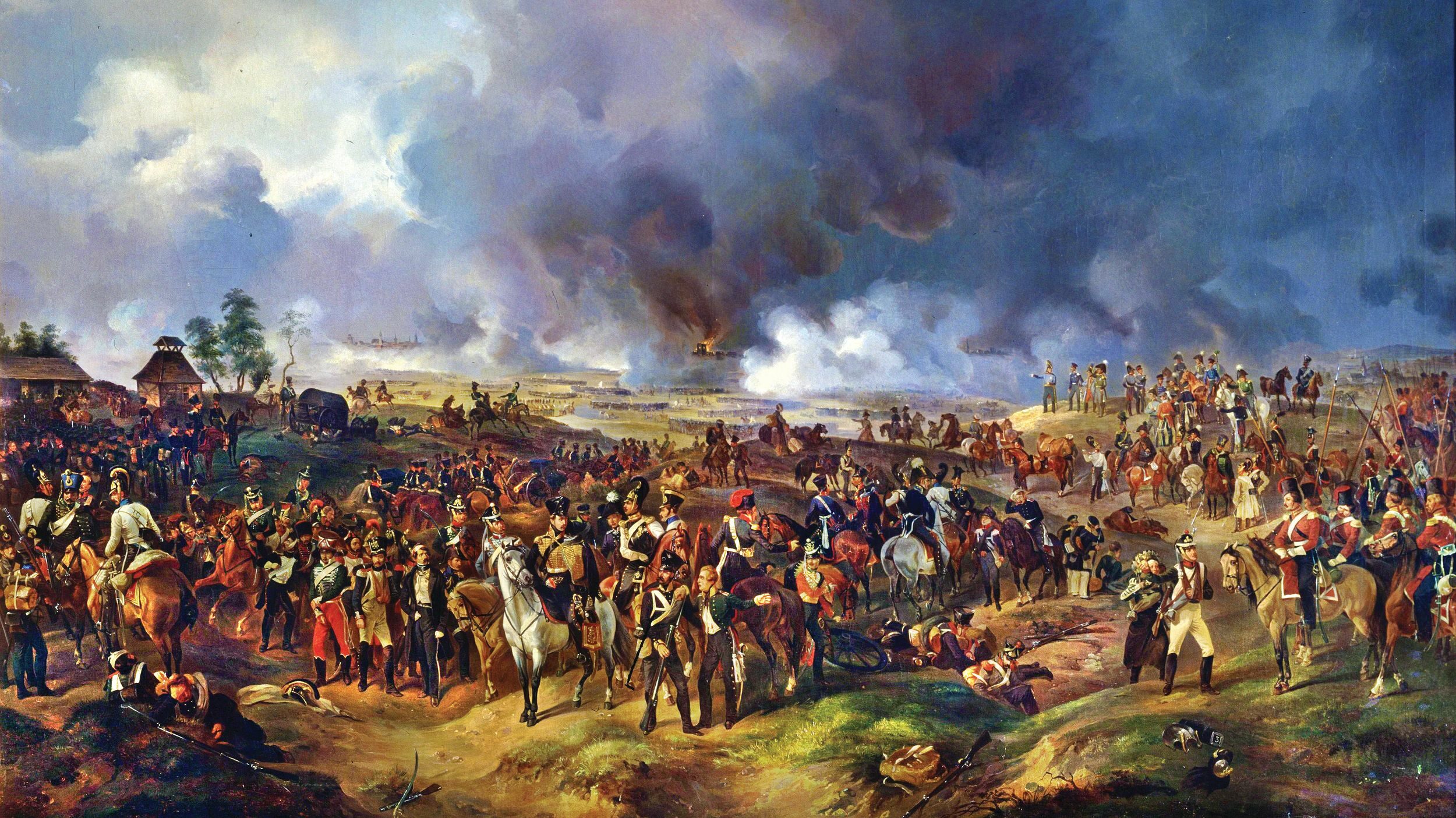
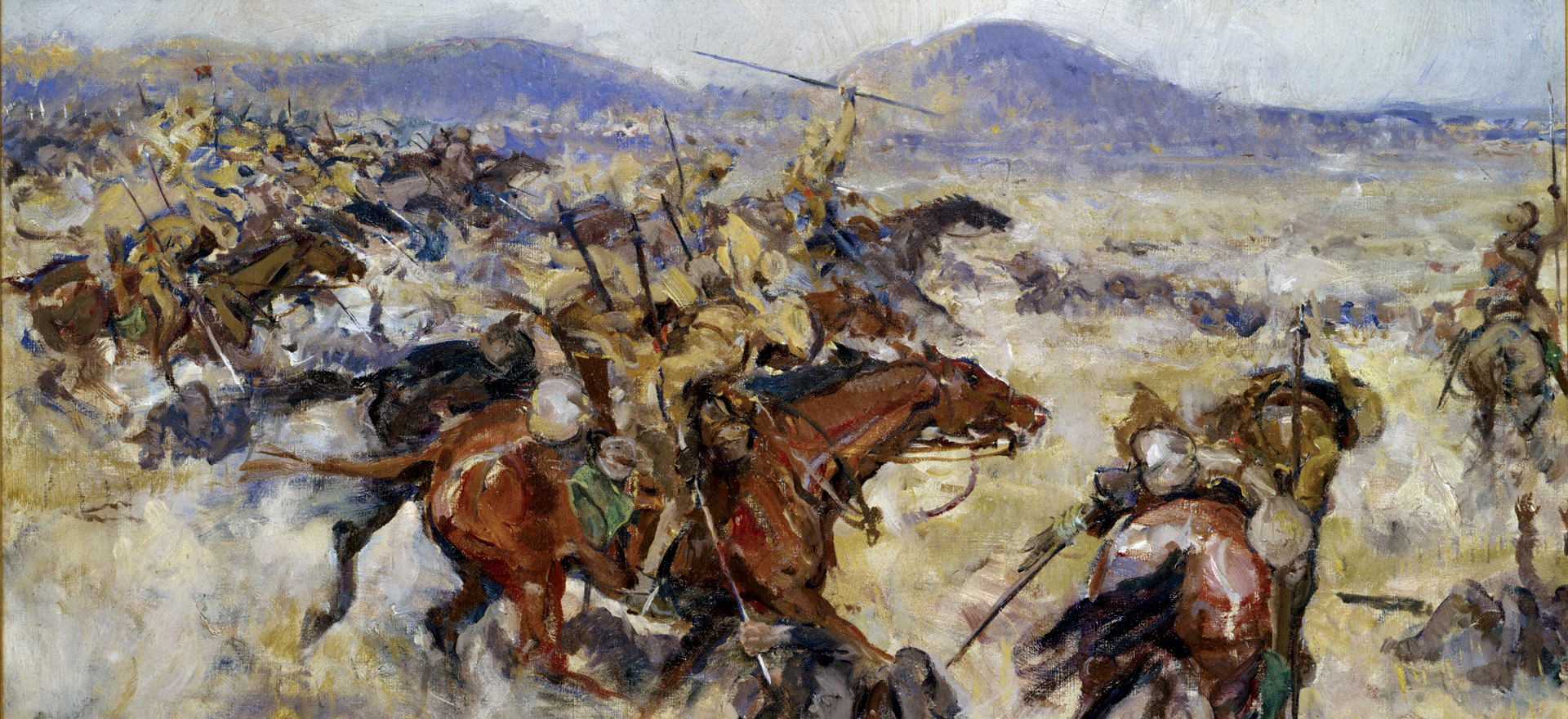

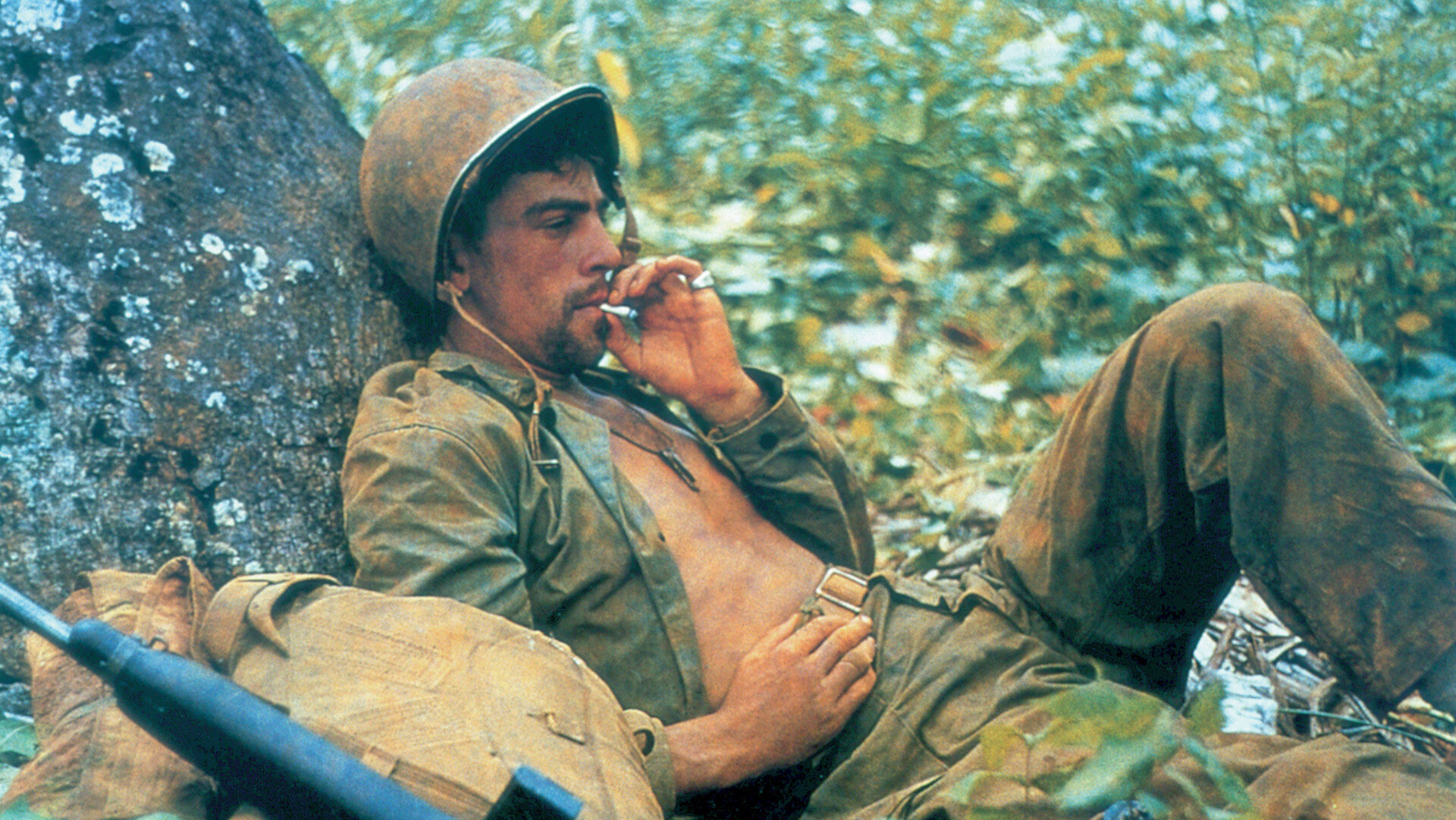
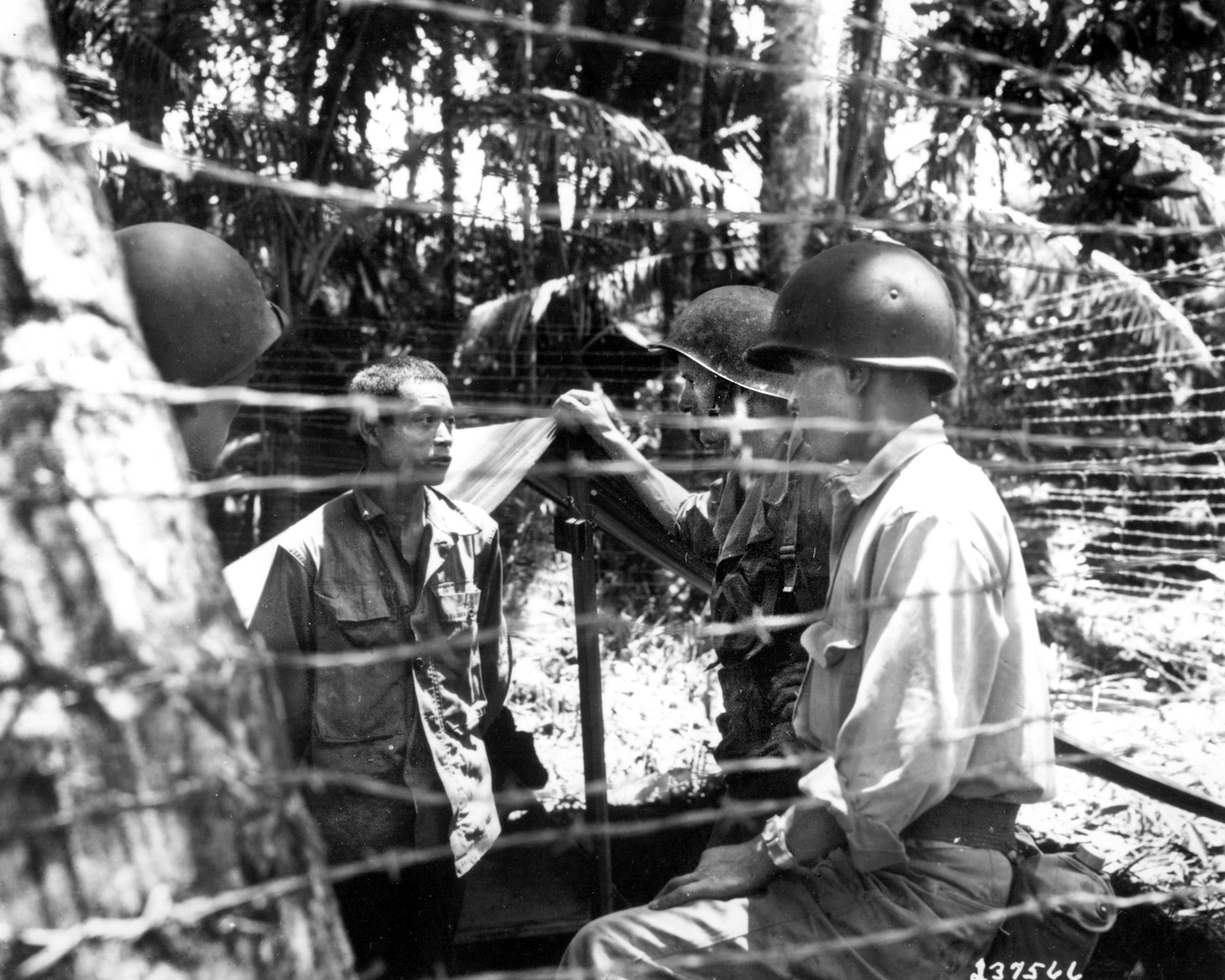
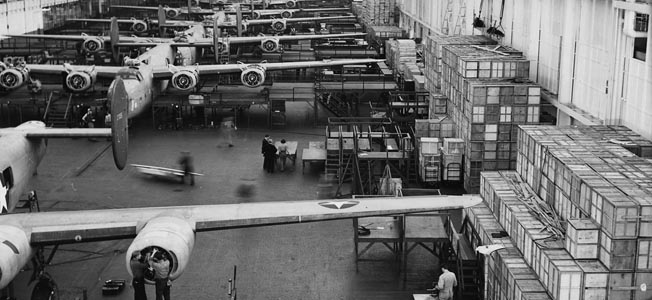
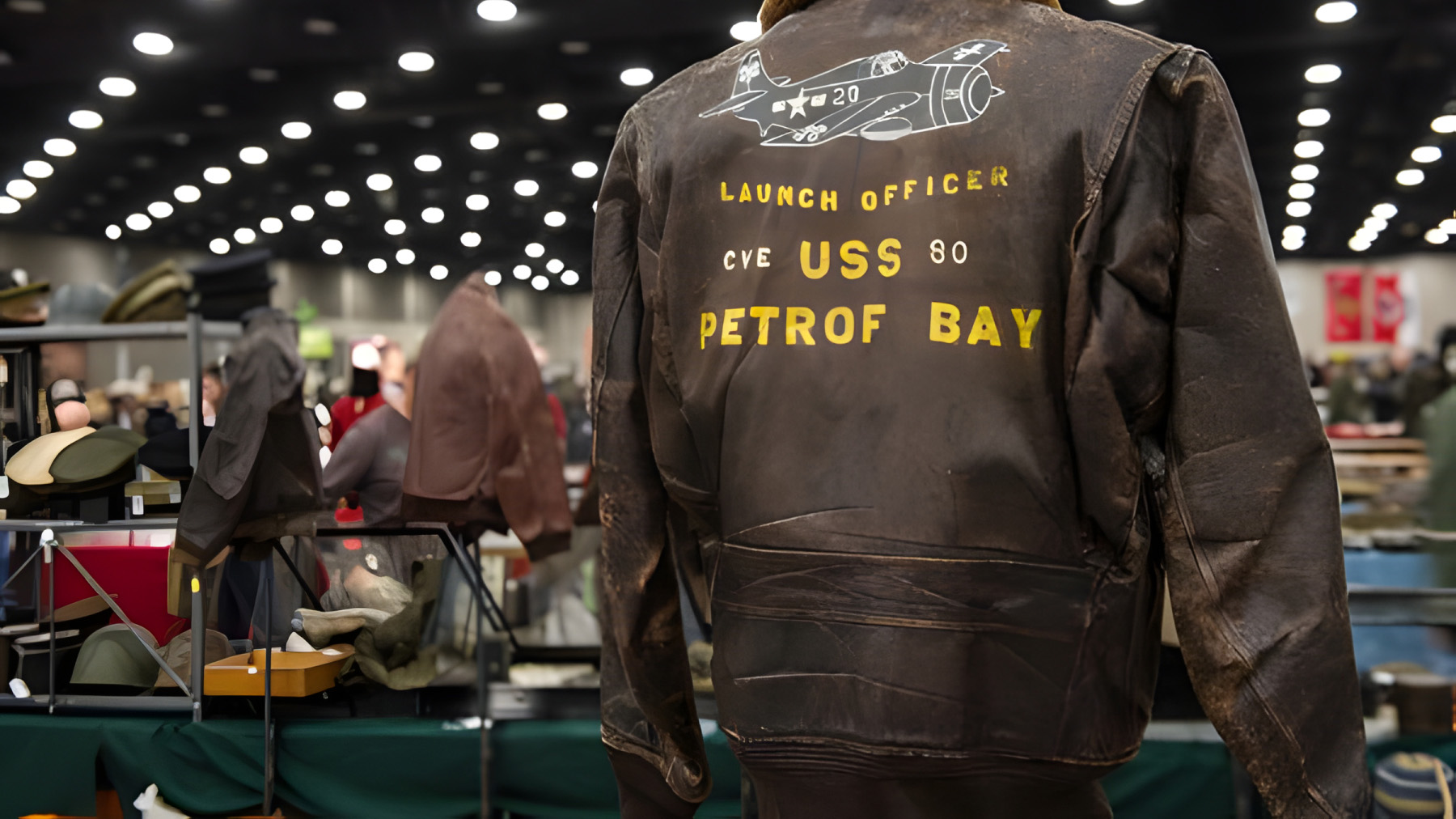
Join The Conversation
Comments
View All Comments